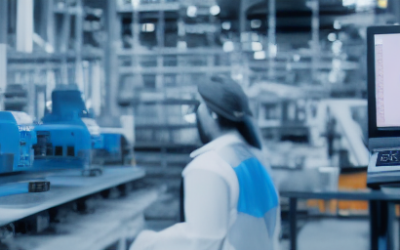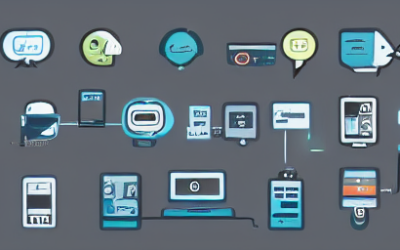What is it?Google Core Web Vitals are a set of metrics that measure the performance and user experience of a website. These metrics are based on real-world user data and are designed to help webmasters and content creators understand how their websites are performing...
Tech Blog
Tech Insights, Information, and InspirationBridging the Gap Between Business and Technology
Bridging the gap between business and technology is essential if an organization wants to remain competitive. The primary goal of bridging the gap between business and technology is to ensure that the technology is utilized to its fullest potential. This can be done by understanding the objectives of the business and how technology can help achieve those goals. It is important to ensure that the technology is used in a way that is cost-effective, reliable and scalable.
Automated Predictive Analytics
Automated Predictive Analytics is an advanced form of data analytics that uses machine learning algorithms to analyze large amounts of data and make predictions about future events. This technology can be used to identify trends, forecast outcomes, and make decisions about how to best proceed in a given situation.
Mobile Application Architecture
The process of mobile application architecture includes the planning of the user experience, the integration of different systems, the development of the application, and the testing and maintenance of the application. It is a complex process that requires a lot of coordination and collaboration between various stakeholders.
Machine Learning in Finance
Machine Learning, or ML, is an increasingly popular technology in the world of finance. It is a branch of artificial intelligence (AI) that uses algorithms and statistical models to allow computers to learn from data and make decisions with minimal human intervention. ML is being used in the financial sector for a variety of tasks, from predicting stock prices and trading strategies to fraud detection and customer segmentation.
Top Blockchain Platforms
Blockchain technology is revolutionizing the way data is stored, shared and processed. As a result, there are now many different blockchain platforms available for businesses, developers and even individuals to use. The top blockchain platforms offer a wide variety of features and tools, making them some of the most popular platforms on the market.
Machine Learning in Healthcare
Machine learning is a rapidly evolving technology that has the potential to revolutionize healthcare. Machine learning is an application of artificial intelligence (AI) that provides systems the ability to automatically learn and improve from experience without being explicitly programmed. With machine learning, healthcare professionals can access and analyze data faster, more accurately and at a lower cost than ever before.
Machine Learning in Manufacturing
Machine Learning is quickly becoming a valuable tool for manufacturers. By leveraging powerful algorithms and predictive analytics, Machine Learning can help identify patterns, detect abnormalities, and even predict the future. This technology is being used to monitor the performance of industrial equipment and processes, optimize supply chains, and even reduce downtime.
What is Design Thinking?
Design thinking is an iterative problem-solving process that combines creative and analytical approaches to identify and solve complex problems. The process is based on understanding users, exploring and challenging assumptions, redefining problems, and creating innovative solutions. Design thinking uses methods from the fields of design, engineering, psychology and anthropology to develop creative insights and solutions that meet customer needs.
Internet of Assets (IoA)
The Internet of Assets (IoA) is a term that describes the physical world being connected to the digital world. It enables companies to track and manage physical assets, such as vehicles, equipment, and inventory, and to capture data from them in real-time. This data can then be used to improve asset performance, optimize business operations, and create new revenue streams.
Get In Touch
UseTech Design, LLC
TROY, MI • BLOOMFIELD HILLS, MI
Call or text +1(734) 367-4100










